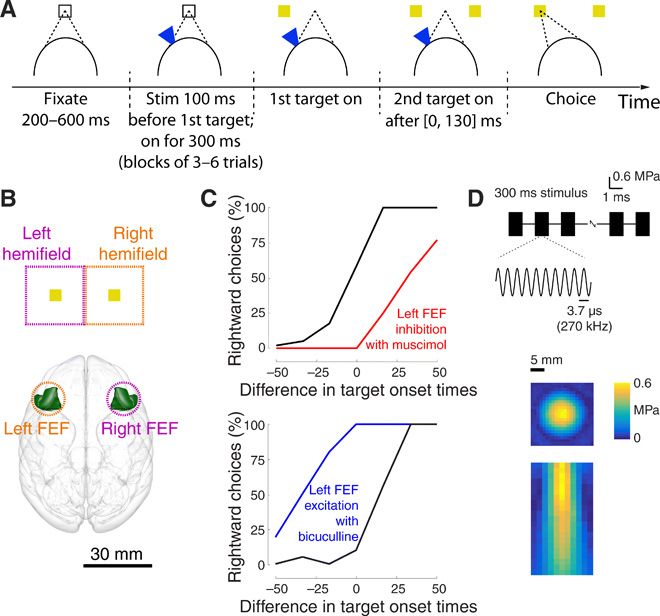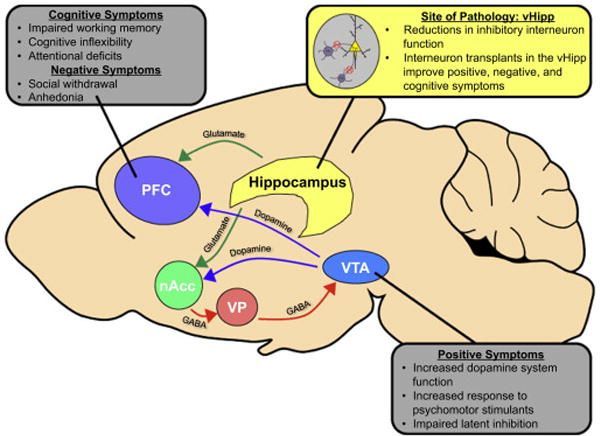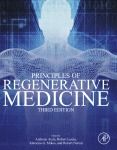Upon seeing the blood-stained gloves, O.J. Simpson may have had electrical activity in his brain that showed recognition, and guilt.
Category: biotech/medical – Page 2,216

Remote, brain region–specific control of choice behavior with ultrasonic waves
The ability to modulate neural activity in specific brain circuits remotely and systematically could revolutionize studies of brain function and treatments of brain disorders. Sound waves of high frequencies (ultrasound) have shown promise in this respect, combining the ability to modulate neuronal activity with sharp spatial focus. Here, we show that the approach can have potent effects on choice behavior. Brief, low-intensity ultrasound pulses delivered noninvasively into specific brain regions of macaque monkeys influenced their decisions regarding which target to choose. The effects were substantial, leading to around a 2:1 bias in choices compared to the default balanced proportion. The effect presence and polarity was controlled by the specific target region. These results represent a critical step towards the ability to influence choice behavior noninvasively, enabling systematic investigations and treatments of brain circuits underlying disorders of choice.
Noninvasive and reversible modulation of neuronal activity in specific brain circuits may allow us to diagnose and treat brain disorders in, targeted ways. Low-intensity ultrasound, applied to the brain noninvasively, can be used to modulate neural activity with spatial specificity superior to other noninvasive methods such as transcranial electrical or magnetic stimulation (1–5). The neuromodulatory potential of ultrasound has been highlighted in studies that targeted peri-motor regions of anesthetized rodents or rabbits. Brief, low-intensity stimuli lead to observable movements of the limbs or other body parts (6–13).
However, the enthusiasm about the neuromodulatory potential of ultrasound has recently been dampened by studies that called these effects into question (14, 15). In addition, such overt effects have not been observed in large mammals including humans. Only small changes in neural signals (16–23) or small changes in reaction time or other metrics (24–26) have been found. Yet, to make it truly useful, the approach would ideally provide neuromodulatory effects that are strong enough to manifest in behavior. For example, if clinicians are to determine which brain circuits drive a patient’s craving for an addictive drug, the neuromodulatory effects on a particular neural circuit should be potent enough to yield measurable changes in the subject’s choice behavior, i.e., whether the subject decides to use the drug or not.

Dynamic Stimulation of Visual Cortex Produces Form Vision in Sighted and Blind Humans
A visual cortical prosthesis (VCP) has long been proposed as a strategy for restoring useful vision to the blind, under the assumption that visual percepts of small spots of light produced with electrical stimulation of visual cortex (phosphenes) will combine into coherent percepts of visual forms, like pixels on a video screen. We tested an alternative strategy in which shapes were traced on the surface of visual cortex by stimulating electrodes in dynamic sequence. In both sighted and blind participants, dynamic stimulation enabled accurate recognition of letter shapes predicted by the brain’s spatial map of the visual world. Forms were presented and recognized rapidly by blind participants, up to 86 forms per minute. These findings demonstrate that a brain prosthetic can produce coherent percepts of visual forms.
7 Israeli mask and face shield solutions for coronavirus
Israeli entrepreneurs and researchers have introduced facemask and face shield inventions we want to tell you about.
Let’s begin with an update on that first article highlighting washable masks from Sonovia and from Argaman. Each uses its own proprietary technology to embed microbe-killing metallic particles into textiles.
Now that we’re all covering our faces to avoid COVID-19, Israeli innovators are stepping up invention of antiviral masks, shields and stickers.

Cell-based therapies for the treatment of schizophrenia
Schizophrenia is a devastating psychiatric disorder characterized by positive, negative and cognitive symptoms. While aberrant dopamine system function is typically associated with the positive symptoms of the disease, it is thought that this is secondary to pathology in afferent regions. Indeed, schizophrenia patients show dysregulated activity in the hippocampus and prefrontal cortex, two regions known to regulate dopamine neuron activity. These deficits in hippocampal and prefrontal cortical function are thought to result, in part, from reductions in inhibitory interneuron function in these brain regions. Therefore, it has been hypothesized that restoring interneuron function in the hippocampus and/or prefrontal cortex may be an effective treatment strategy for schizophrenia. In this article, we will discuss the evidence for interneuron pathology in schizophrenia and review recent advances in our understanding of interneuron development. Finally, we will explore how these advances have allowed us to test the therapeutic value of interneuron transplants in multiple preclinical models of schizophrenia.
Schizophrenia is devastating psychiatric disorder that affects approximately 1% of the population1. Positive symptoms, such as paranoia, grandiosity, delusions, and hallucinations, are often the most striking features of the disorder; however, schizophrenia patients also display characteristic negative and cognitive symptoms, which can be severely debilitating. Negative symptoms, such as blunted affect, emotional withdrawal, and social avoidance and cognitive symptoms, including disruptions in working memory, attentional deficits, disorganized thought, and cognitive inflexibility, can negatively influence social and occupational functioning and diminish quality of life2–4. Currently prescribed antipsychotic medications, which act as antagonists at the dopamine D2 receptor5, have been somewhat effective in treating the positive symptoms of schizophrenia6.

Stem Cells Derived From Fat
Circa 2019 face_with_colon_three
Multipotent cells are critical to regenerative medicine and its associated deployment strategies. Localizing an abundant source of autologous, adult stem cells circumvents the immunological prohibitions of allogeneity and ethical dilemmas of embryologic stem cells, respectively. Classically, these cells have been described as mesenchymal stem cells (MSCs). In this chapter, we characterize adipose tissue as a unique source of MSCs because of its ubiquity, redundancy, and procurability. Specifically, lipoaspirates can be minimally processed to provide a heterogenous, cell-dense isolate – the stromal vascular fraction (SVF) – composed of terminally differentiated vessel-associated cell lines as well as putative progenitor cells. These cells have been cultured and expanded, giving rise to a dynamic cell line termed adipose-derived stromal cells (ASCs). SVF and ASC cell isolates are often administered by standard clinical routes including parenteral, topical application, and local injection in the clinical translational studies of cardiovascular ischemia, neurological injury, rheumatologic and orthopedic disease as well as advanced wound care and tissue engineering. These clinical applications raise safety concerns specific to administration, sequestration, and tumor growth augmentation. Further studies SVF and ASC cells are necessary to realize their potential in a regenerative medicine capacity.


Interaction between microbiota and immunity in health and disease
The interplay between the commensal microbiota and the mammalian immune system development and function includes multifold interactions in homeostasis and disease. The microbiome plays critical roles in the training and development of major components of the host’s innate and adaptive immune system, while the immune system orchestrates the maintenance of key features of host-microbe symbiosis. In a genetically susceptible host, imbalances in microbiota-immunity interactions under defined environmental contexts are believed to contribute to the pathogenesis of a multitude of immune-mediated disorders. Here, we review features of microbiome-immunity crosstalk and their roles in health and disease, while providing examples of molecular mechanisms orchestrating these interactions in the intestine and extra-intestinal organs. We highlight aspects of the current knowledge, challenges and limitations in achieving causal understanding of host immune-microbiome interactions, as well as their impact on immune-mediated diseases, and discuss how these insights may translate towards future development of microbiome-targeted therapeutic interventions.

Hacking Darwin: Genetic Engineering and the Future of Humanity
I always enjoy the perspective of David Wood, and in this session of the London Futurists there is a panel discussion about genetic engineering in the future.
Our DNA is becoming as readable, writable, and hackable as our information technology. The resulting genetic revolution is poised to transform our healthcare, our choices for the characteristics of the next generation, and our evolution as a species. The future could bring breathtaking advances in human well-being, but it could also descend into a dangerous genetic arms race.
These claims are made in the recent book “Hacking Darwin: Genetic Engineering and the Future of Humanity”, https://hackingdarwin.com/ by Technology Futurist Jamie Metzl, https://jamiemetzl.com/
Jamie’s view is that society isn’t at all ready for the fast-approaching future of widespread genetic hacking.
Here is some feedback for his book: